Does a camera alone make a photographer great? Absolutely not. But the right tool in the right hands are both essential to achieving perfection.
Film provides an aesthetic, a process, and quality that remains unparalleled in the digital realm.
After Kodak announced it would bring back its Ektachrome film, five years after it was first discontinued, TIME LightBox is taking a look at the state of film photography, asking the manufacturers and photographers to explain why they are still backing the analogue format in the digital age.
We’ve also asked renowned professional photographers to name the film cameras, provided here by the School of the International Center of Photography, that fit any angle you strive to achieve. Here are their answers.
The Affordable 35mm: Pentax K1000

If you are looking to get into (or back into) photography this is the camera to use. It has all of the basics, and nothing more. A fully manual camera, the Pentax K1000 is a workhorse. It is often used in schools across the world as an learnable and un-intimidating tool for budding photographers. “We still prefer those cameras to teach kids on because they are so easy to use and practically indestructible,” says Wellesley High School photo teacher Doug Johnson. The dime-a-dozen camera has a solid underground market on e-Bay and in second hand store.
Buy it on Amazon.
The Pricey 35mm: Leica M6

It is not easy to sum up what the Leica M6 means for photography. Consider it the Rolex or Porsche of cameras. Built with precision, these cameras are prestigious enough to justify the high price tag. “I like to shoot on a Leica, mostly because it’s so unobtrusive,” says photographer Jessica Dimmock. “I think that shooting film, kind of specifically because of the Leica, allowed me to understand what it could be to be really intimate and really quiet with people that I shoot with, because it’s almost inaudible. I think that’s when I realized how intimate photography could really be.” The camera, pictured here, is the one Jessica used to shoot her story The Ninth Floor, which follows a young woman through her heroine addiction.
Buy it on Amazon.
The Affordable Point & Shoot: Minolta Hi Matic Af2
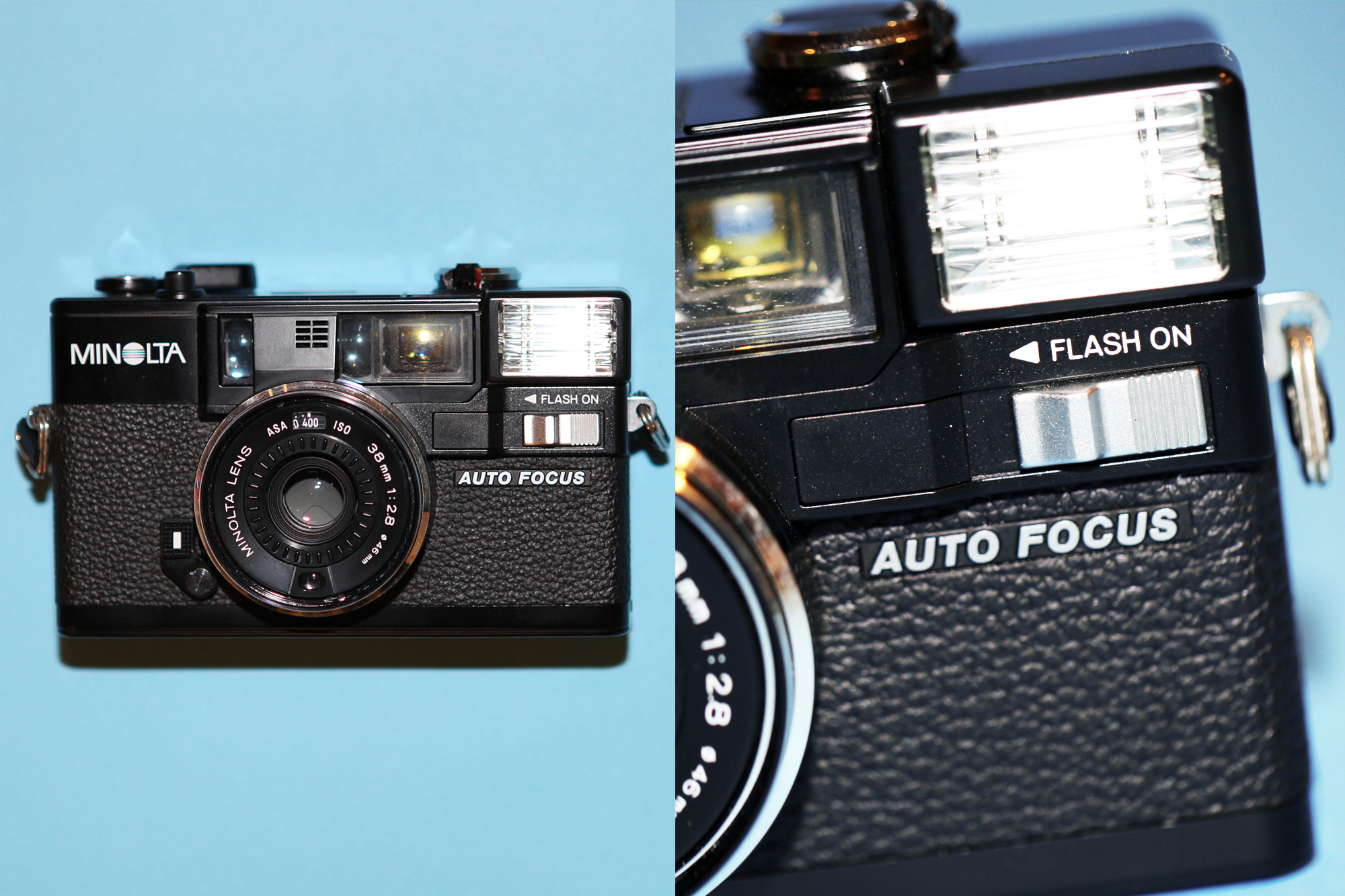
Why make photography more complex than it needs to be? This camera will do everything you need and little more. It fully automates the process for even the laziest of photographers. Photographer Ricky Powell puts in truer words: “It’s simple, it’s easy to work with. I just love it, it’s got sentimental value to me, that’s what I used when I started hitting up the night clubs and art openings. It just suited me well. It’s easy breezy. It’s not heavy, bulky like an SLR, not complicated with all kinds of numbers and measurements, it’s just point and shoot, which is just perfect for a lazy mofo like me.” With autofocus, automatic exposure, and flash what else does it need?
Buy it on Amazon.
The Pricey Point & Shoot: Contax T3
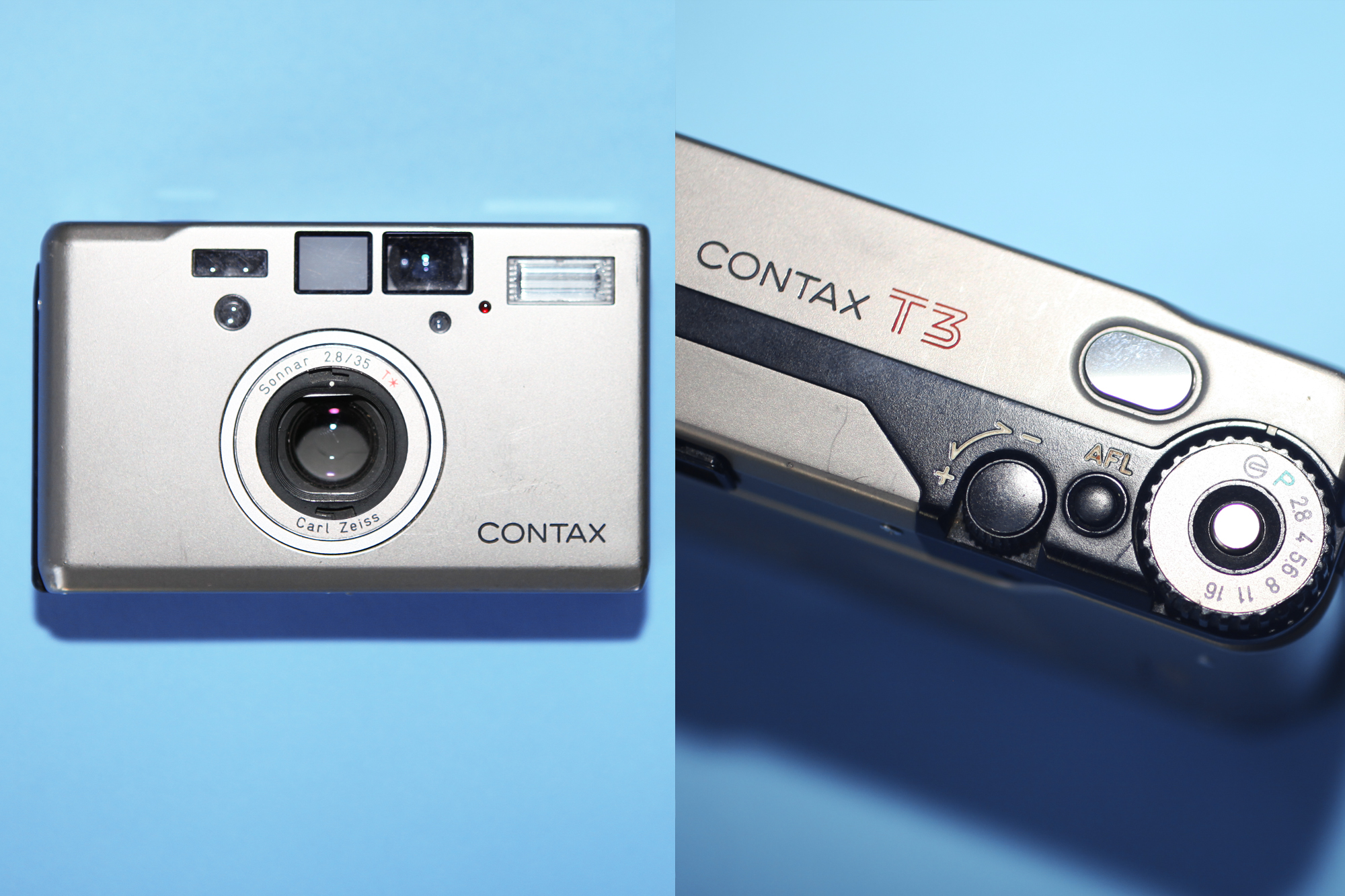
This is the camera you want on you at all times (aside from your iPhone of course). It has a sleek minimalistic design. The retracting Zeiss lens and titanium body protects it from needing a case. It has a number of flash settings including early red-eye reduction technology. Sofia Coppola gave TIME a glowing review of the camera: “It’s the only camera I use! I take pictures on set with them. It’s simple and I love the pictures it takes, maybe I’m just sentimental of the 90s, but I never met a camera I love as much.”
The Affordable Medium Format: Mamiya RZ67 Pro II
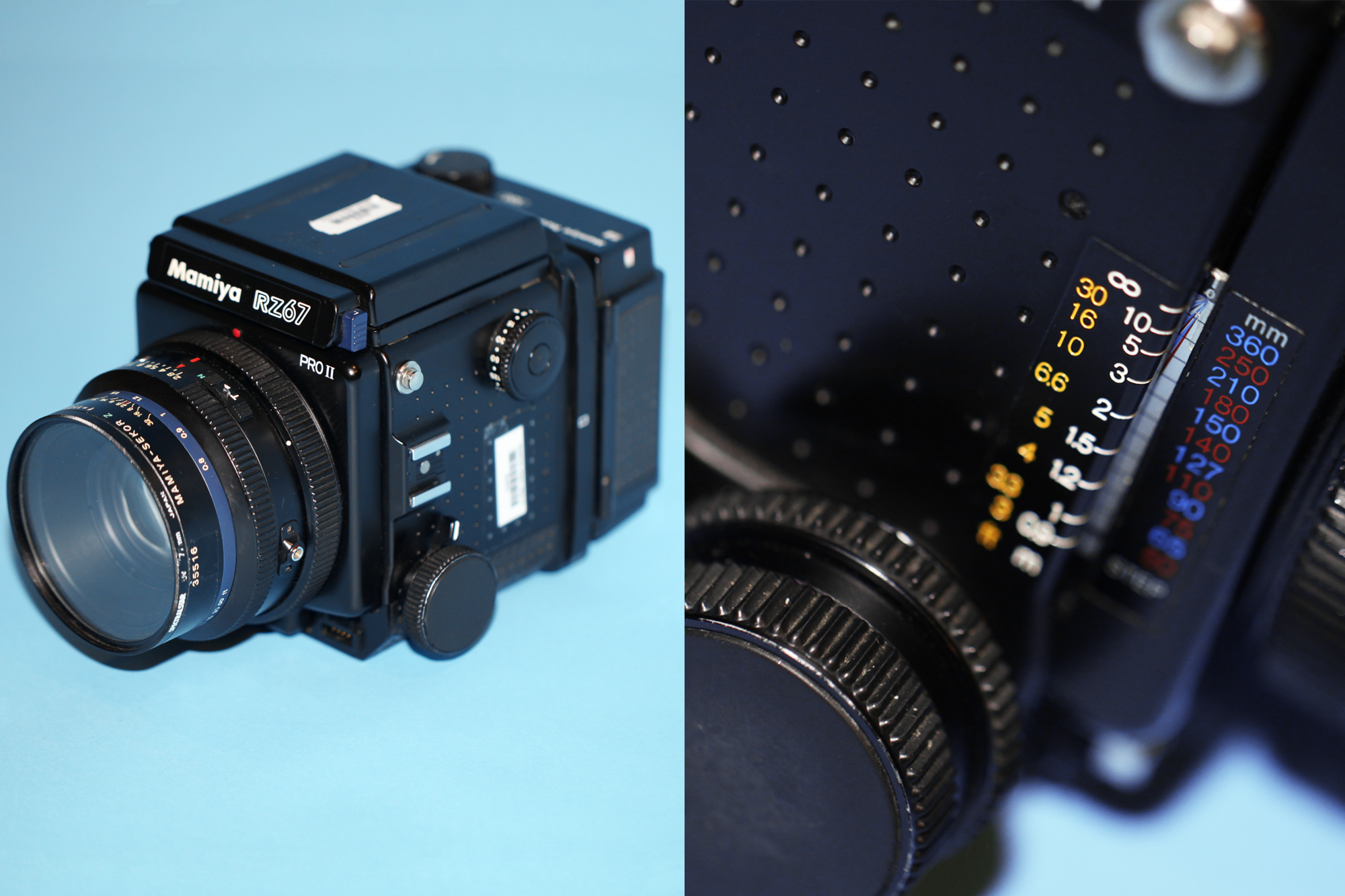
The medium format single-lens reflex camera is a cult favorite among photographers. It’s modular design allows for the accessories to be easily swapped. On top of removable lenses and viewfinders, the back can be digital or analog. It’s still used by select street photographers, but can be widely found in photo studios. “It’s heavy, it’s cumbersome, it’s not pretty looking,” says portrait photographer Ryan Plfuger. But he finds those attributes work in his favor. “I need something that feels substantial… it’s a great camera to have on a tripod… it still has a physical presence in the room.” Here’s a fun fact about the Mamiya RZ67. It was used by photographer Charles O’Rear to photograph the rolling green hills in “Bliss”, Microsoft’s desktop photo seen by over a billion people.
Buy it on Amazon.
The Pricey Medium Format: Hasselblad 500C/M
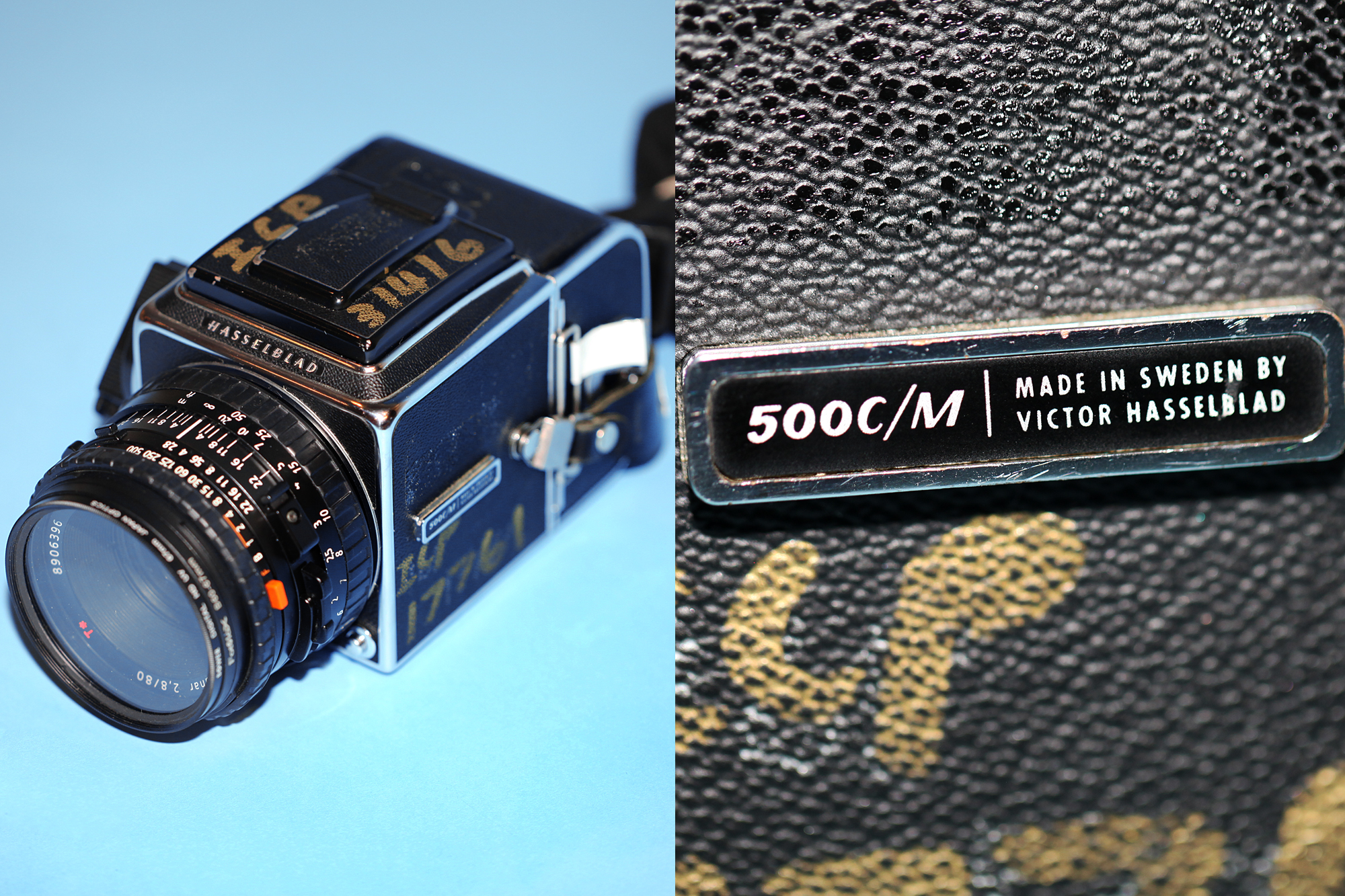
This is the camera that helped make Hasselblad a household name. It is modular like the Mamiya but has a distinct advantage: Carl Zeiss lenses. The german made specimens consistently produce extremely sharpest images. The Hasselblad’s solid build allows the cameras to easily stand the test of time. Photographer Dan Winters agrees. “It’s an unbelievable platform. And that 100mm lens is just the lens that I love. It comes down to what works for you, what combination helps you make the picture you want to make. I’d say that combination is what helps me make the picture I want to make.” The Hasselblad 500CM and Zeiss lenses can still be easily found on second hand markets, but beware that time has not brought the prices down on these gems.
Buy it on Amazon.
The Affordable Large Format: Graflex Speed Graphic 4X5

These cameras might seem awkwardly large but they were relatively small and light compared to other 4×5 cameras of their time. Their ability to collapse into compact boxes made them perfect for press photographers in the early-to-mid 20th century, including the infamous crime scene photographer Weegee. Large format images remain far higher in quality than digital cameras available today. While the cameras are affordable, the sheet film can be quite costly.
Buy it on Amazon.
The Pricey Large Format: Calumet C Series 8 X 10
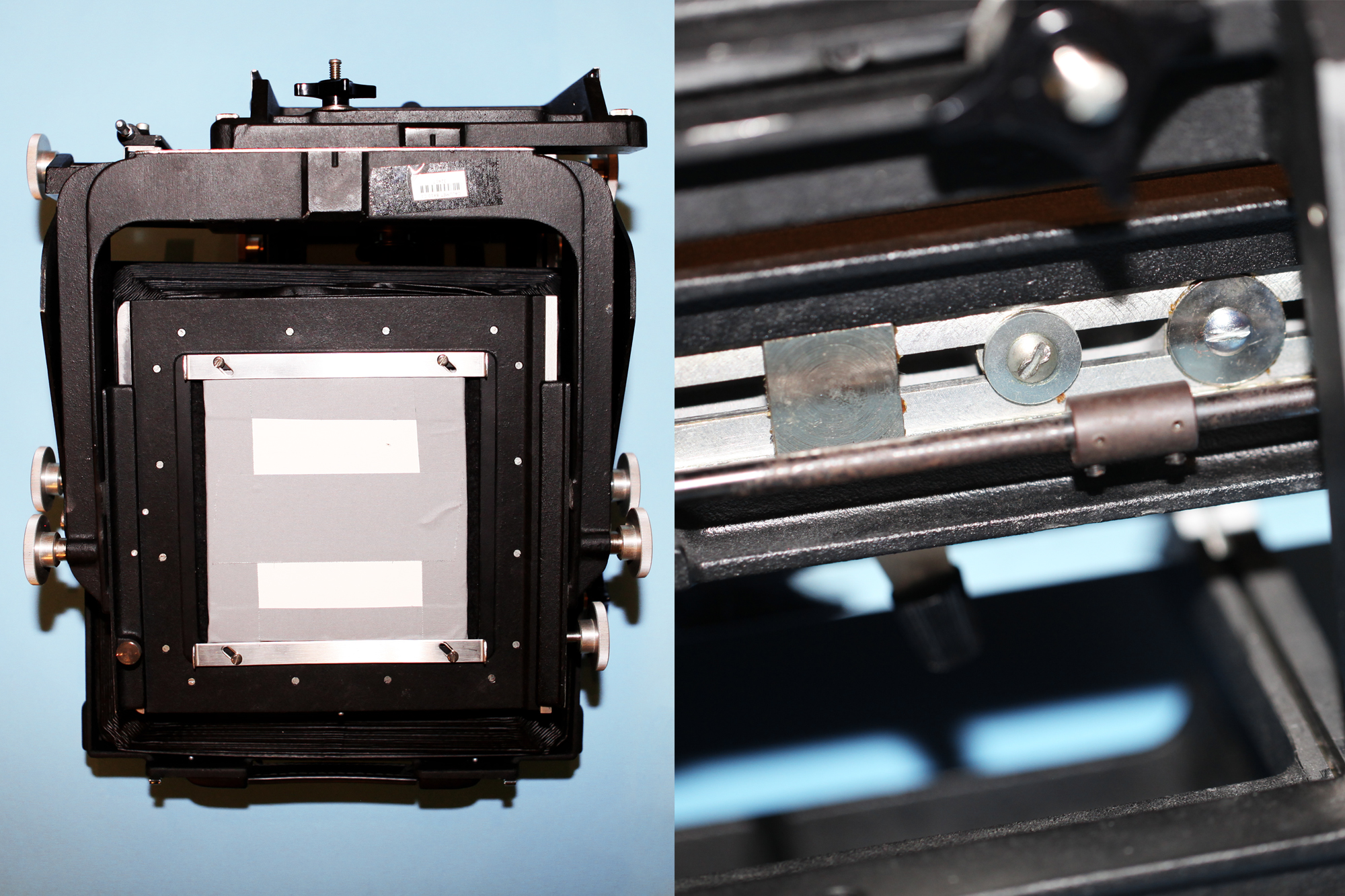
If you are a stickler for quality, 8×10 inch negatives are tough to beat. For reference that is almost 60 times larger than the 35mm film found in the SLR and Point & Shoot cameras. The bellows behind the lens allow it to be shifted and tilted, adjusting the focus to be changed perfectly for the subject matter rather than restricted to being parallel with the lens. Many photographers will argue the slow process of loading, shooting, and processing large format is it’s greatest asset. “I have complete control on the end result of my work,” photographer David Benjamin Sherry tells TIME. “The physical qualities of it are an extension of myself. I feel completely connected to the process. The film was loaded in the dark, and the film was processed in the dark. There’s a private part about it. Done alone with myself with my thoughts, with my eyes closed. It becomes very meditative.”
The Affordable Instant Camera: Fujifilm Instax 210 Instant

The Fujifilm camera is rapidly filling the hole left by Polaroid’s demise. They sold almost four million cameras in 2014, five million in 2015, and expect to have sold six and a half million in 2016. In an age when photographers demand instant gratification, Instant film provides it in a physical way. The camera is simple with a retractable lens and built in flash. Built of mainly plastic, it’s true draw is the Fujifilm’s instax instant film which is readily available at pharmacies and camera stores around the world. The Instax 310 packs a few more features in a new design, but you can’t beat the 210’s price.
Buy it on Amazon.
The Pricey Instant Camera: Impossible I-1

Polaroid instant film might be a thing of the past, but the folks over at the Impossible Project are doing everything they keep it alive. They bought the last remaining Polaroid factory days before it went out of business, and have been experimenting with recreating the film to relive its glory days. Their first original camera is equipped with fast autofocus, an optical viewfinder and most visibly a larger LED flash ring. The camera even connects via bluetooth to an iPhone or tablet for advanced functionality, something few film cameras have had the need to do.
Buy it on Amazon.
The Affordable Pinhole: A Tin Can

Yes, this is a tin can. No you do not need anything more than that and a sheet of film or photo paper to take a photograph. Simply poke a tiny hole in the can, cover it with tape, insert the paper or film, remove the tape for a short period of time and voila. All of these other fancy cameras merely provide control of that one simple process. It doesn’t get any cheaper than this.
The Pricey Pinhole: Zero Image Deluxe 75B
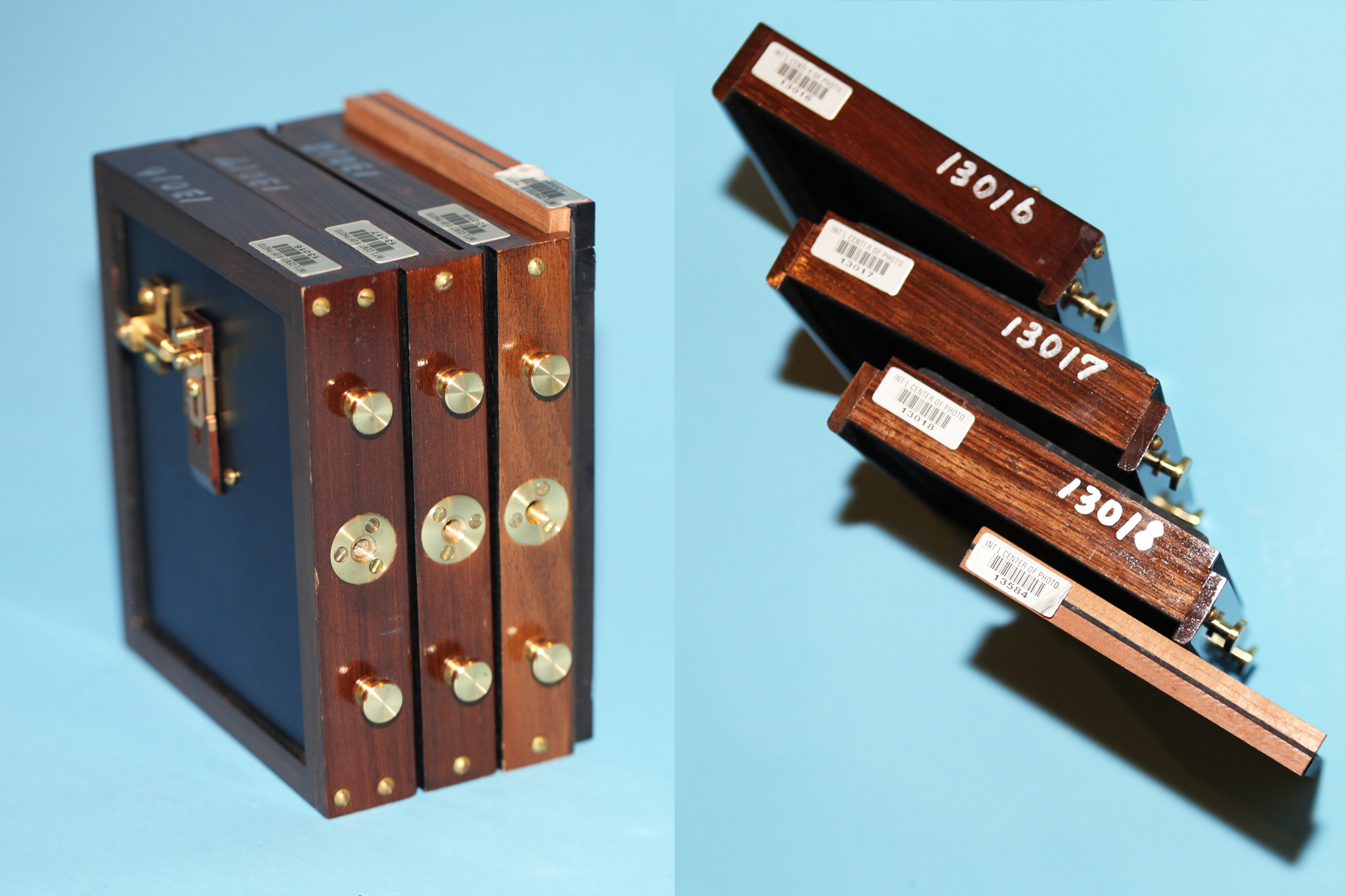
You may be asking yourself, ‘How pricey can a pinhole get?’ If you hate having extra money lying around, this is the best option for you. Equipped with brass plated knobs and a lever that perfectly opens and closes, the Zero Image Deluxe 75B is almost more than just a complicated box with a tiny hole in it. It takes 4×5 film so you can increase the stakes of success in the gamble that is pinhole photography. It does, however, have removable sections that allow for the photographer to adjust the distance from the pinhole and the paper or film. In all fairness, the basic 25B camera without the extension frames is more moderately priced.
The Affordable XPan: Fujifilm GX617
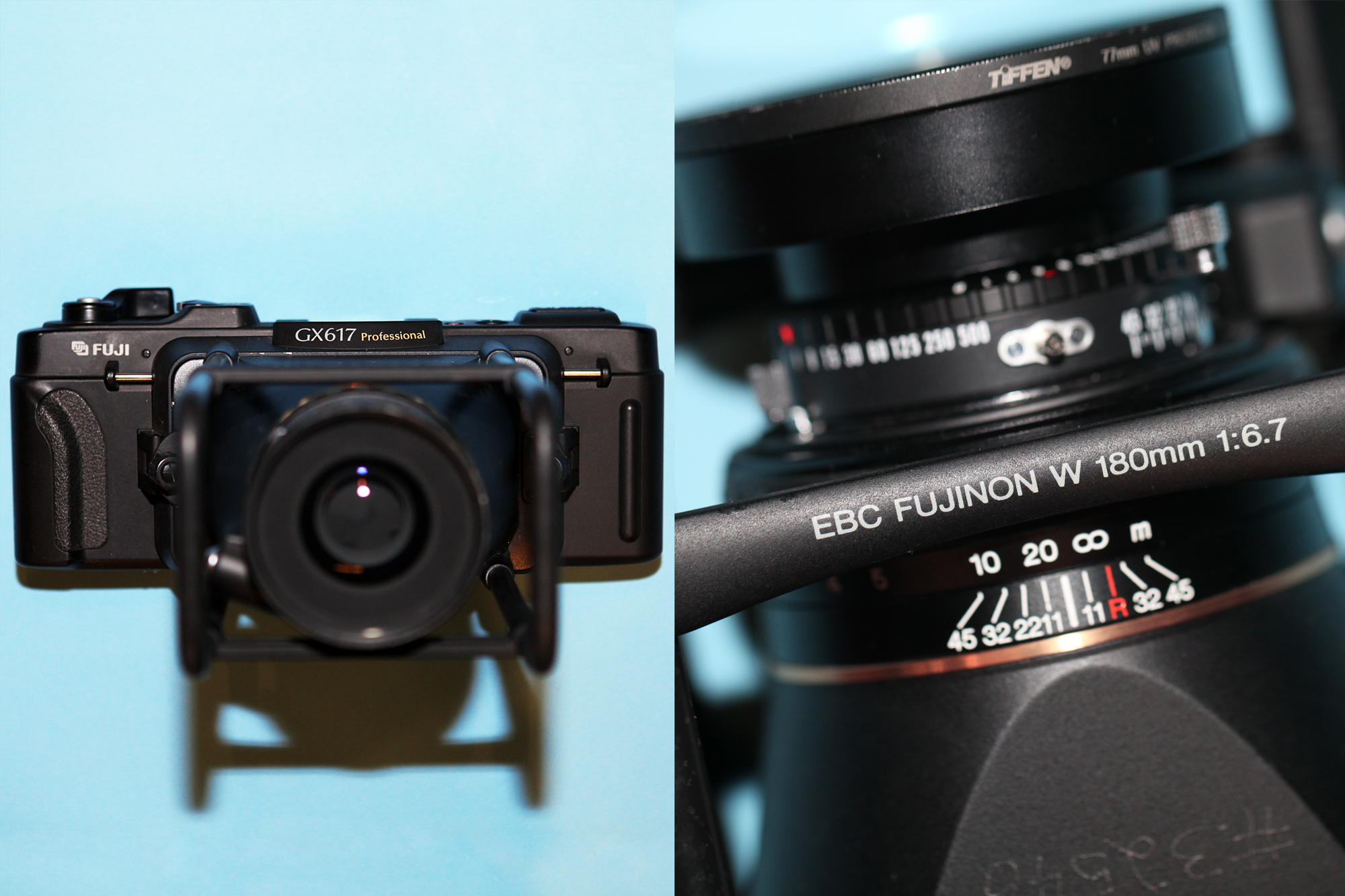
XPan cameras allow photographers to shoot panoramas with the single click of the shutter. These cameras were widely used in film photography but never really mass produced for digital. The Fuji GX617 takes medium format film. The results are stunning, but because it is medium format and the images are so long, each roll will only fit four pictures.
The Pricey XPan: Hasselblad XPan 35mm
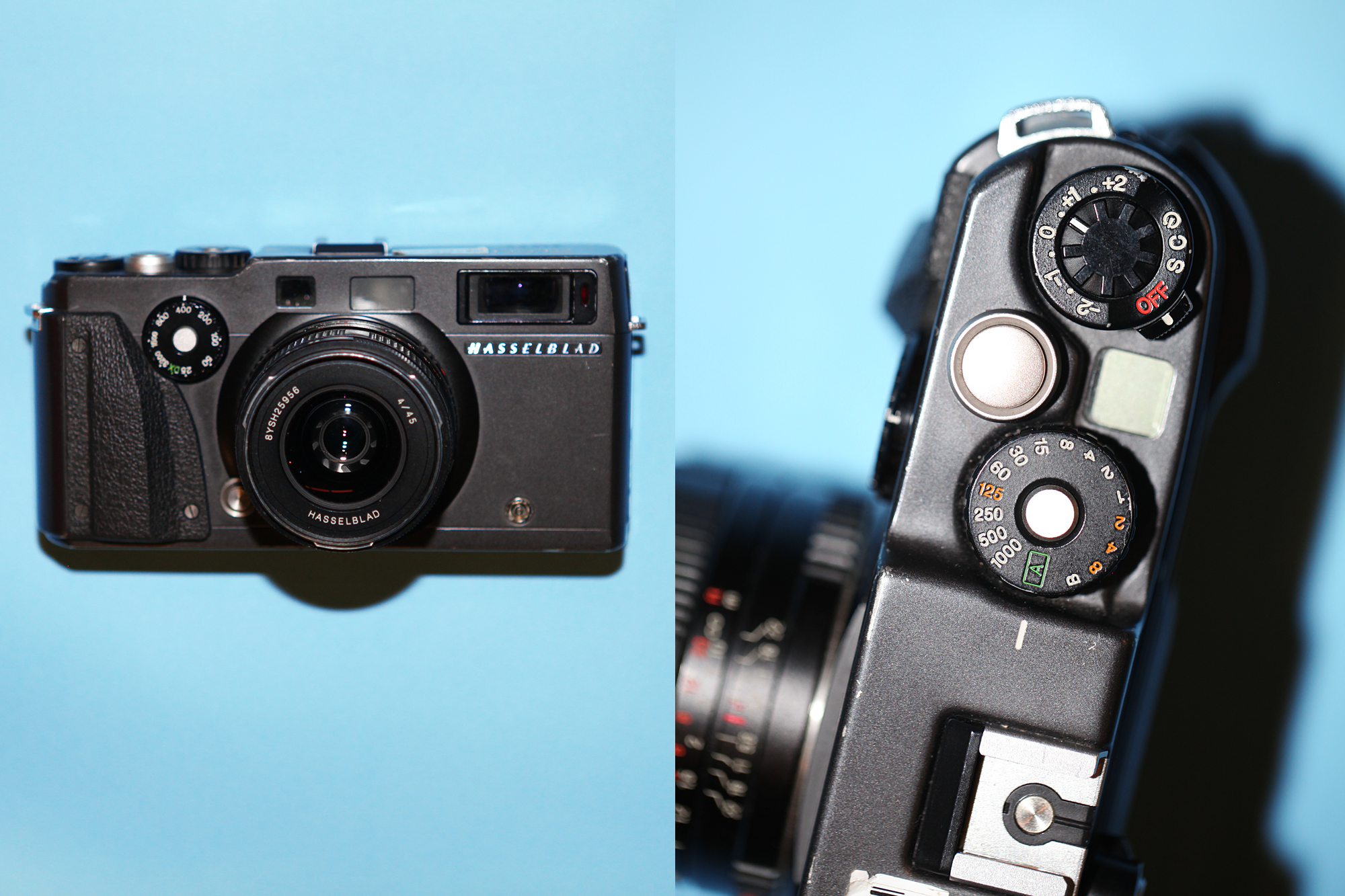
Hasselblad teamed up with Fuji to create this 35mm XPan camera. This sturdily built camera will automatically wind the camera and offers both metered and automatic shooting modes. It also shoots single frames, but with the stunning beauty of panoramic photographs we recommend sticking to using the camera in its full glory. If you bring these film to a lab for processing make sure to ask them not to cut the film to ensure your panoramas remain intact.
More Must-Reads from TIME
- Cybersecurity Experts Are Sounding the Alarm on DOGE
- Meet the 2025 Women of the Year
- The Harsh Truth About Disability Inclusion
- Why Do More Young Adults Have Cancer?
- Colman Domingo Leads With Radical Love
- How to Get Better at Doing Things Alone
- Michelle Zauner Stares Down the Darkness
Contact us at letters@time.com